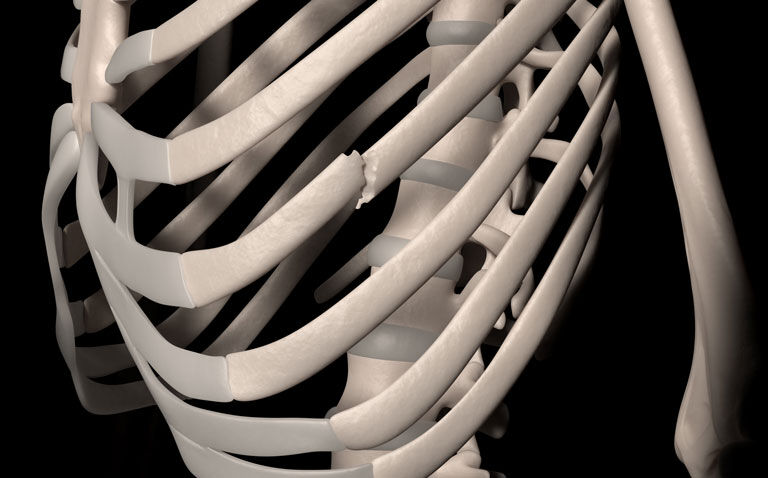An analysis of rib fracture patients has identified the features associated with internal injury that warrant the use of a chest CT scan
An analysis by Korean researchers of patients admitted to an emergency department (ED) with a rib fracture diagnosed on chest radiography has identified important fracture characteristics indicative of significant intra-thoracic and intra-abdominal injuries that require assessment by chest computed tomography (CT).
The ribs are frequently affected by a blunt or penetrating injury to the thorax and within an ED, it is vital for the interpreting radiologist to not only identify the presence of rib injuries but also alert the clinician about organ-specific injury. A CT chest plays a major role for the in-vivo assessment of the body composition at the tissue/organ level and is the imaging modality of choice for accurate delineation of rib fractures and associated internal injuries. However, the main limitation associated with the use of CT scan is the ionising radiation patient burden. Consequently, identification of rib fracture features that could enable more appropriate use of a chest CT for such patients are warranted.
In the current study, the Korean team retrospectively analysed adult patients diagnosed with rib fracture due to blunt chest trauma that was diagnosed based on chest radiography and who underwent a chest CT examination. The researchers set the primary outcomes as intra-thoracic and intra-abdominal injuries that could be identified on a chest CT.
Rib fracture characteristics and need for a chest CT
A total of 401 patients with a mean age of 58 years (29.5% female) were included and of whom, 279 had any intra-thoracic or intra-abdominal injuries.
Overall, there was a higher number of rib fractures in those who sustained significant internal injuries (p < 0.001) and a higher level of bilateral fractures (p = 0.001).
In regression analysis, the number of fractures (adjusted odds ratio, aOR = 1.44, 95% CI 1.16 – 1.78), lateral fractures (aOR = 2.80) and posterior rib fractures (aOR = 3.18) were all independently associated with intra-thoracic and intra-abdominal injuries. Other factors also independently associated with such internal injury were the requirement of O2 supplementation, mechanical ventilator use, requirement of transfusion, pelvic bone fracture and extremity fracture.
The authors concluded that among blunt trauma-induced rib fracture patients, posterior and lateral fractures, more than three fractures, the need for O2 supplementation were the most important factors indicating the need for chest CT to identify intra-thoracic and intra-abdominal injuries in the emergency department.
Citation
Kim W et al. Characteristics of rib fracture patients who require chest computed tomography in the emergency department. BMC Emerg Med 2023










